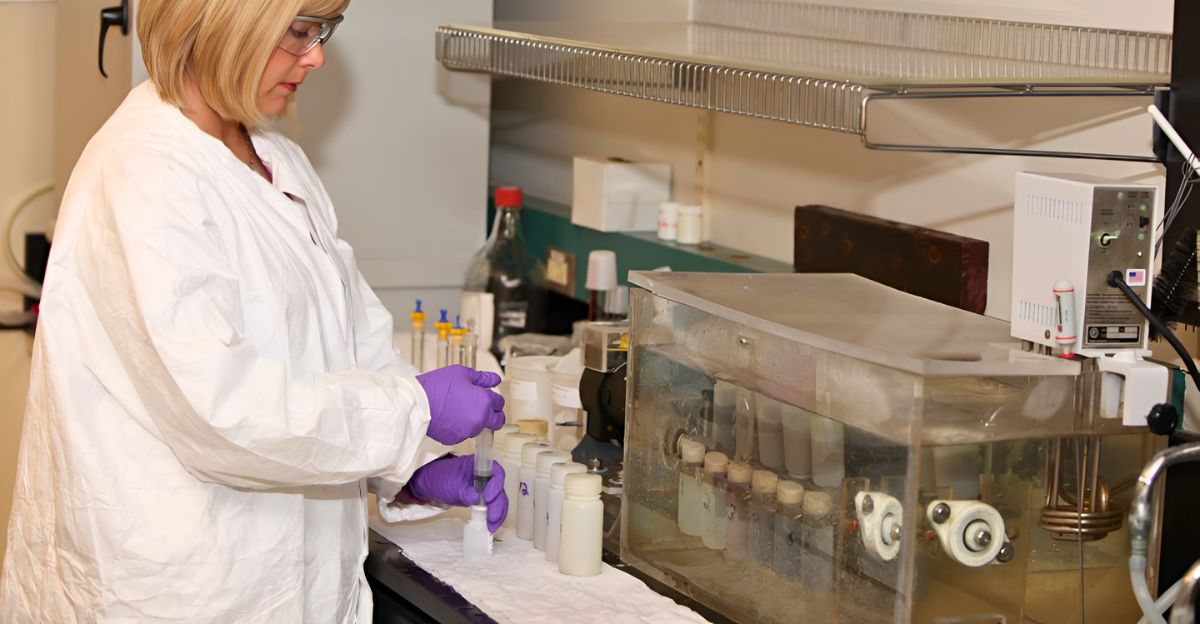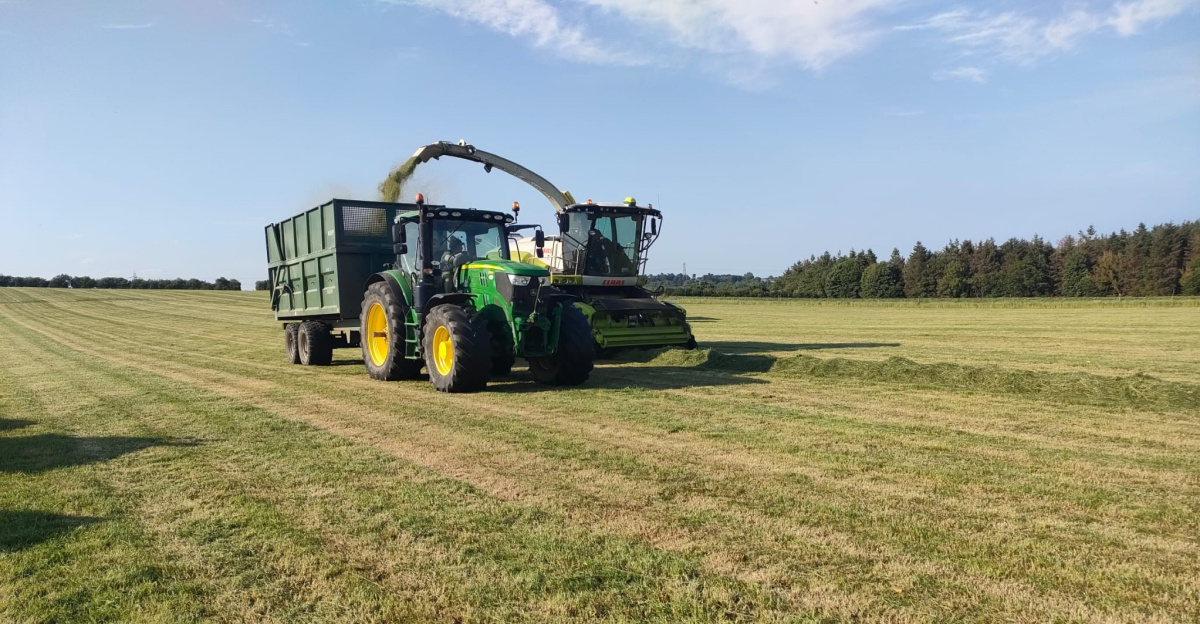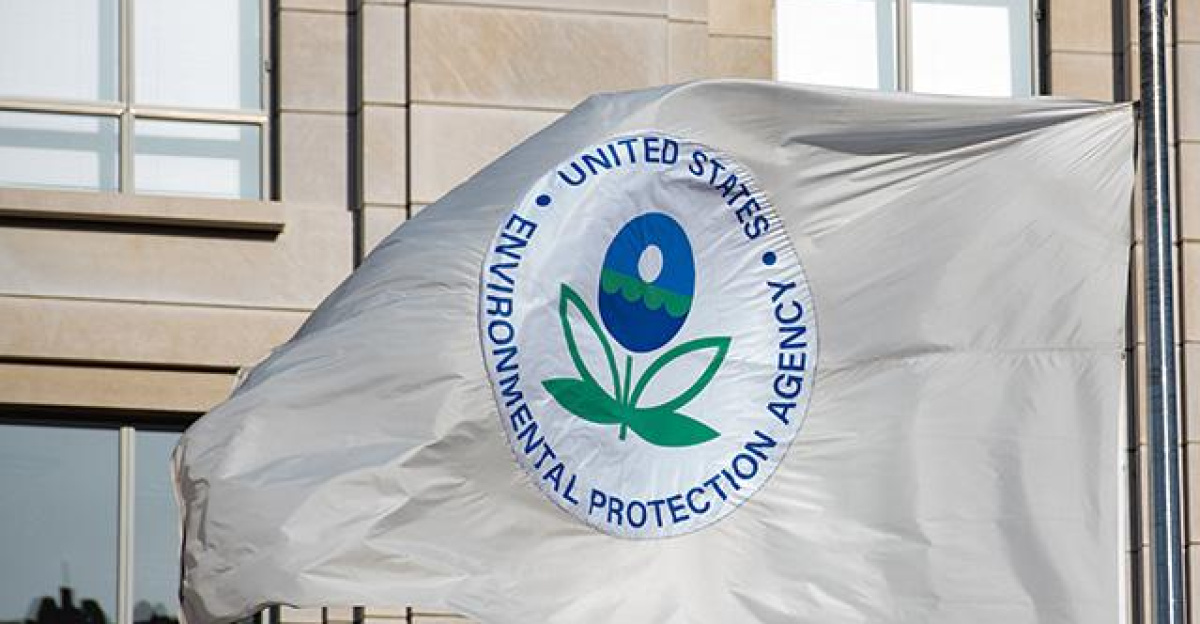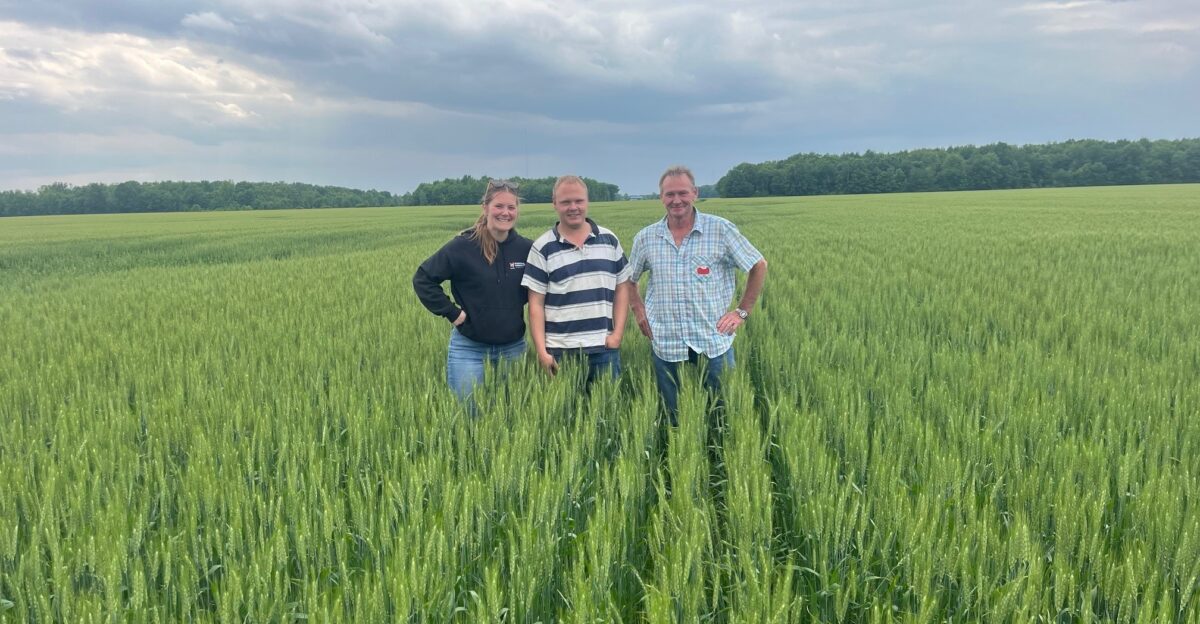
Across America, a silent crisis is quietly unfolding. The widespread use of the herbicide 2,4-D, a chemical dating back to the mid-20th century, poses environmental and public health risks, according to the National Pesticide Information Center.
US Geological Survey data from 2019 shows that states like Iowa, Missouri, Kansas, Illinois, Indiana, Ohio, Kentucky, Oklahoma, and parts of Texas use this chemical heavily. It is now turning up in water, soil, and even the air, raising serious concerns about long-term exposure and safety. Though the effects might not be visible at first, the consequences of this chemical’s pervasive use are beginning to show in troubling ways, impacting rural communities and the broader ecosystem.
Understanding 2,4-D

2,4-Dichlorophenoxyacetic acid, or 2,4-D, is one of the most commonly used herbicides in America, originally developed in the 1940s. It’s mainly used to control broadleaf weeds in crops like corn, soybeans, and wheat.
While it is effective at increasing crop yields and cutting back on labor costs, it has unfortunately been linked to environmental contamination and potential health risks. In 2015, a report by the International Agency for Research on Cancer (IARC) in the World Health Organization (WHO) found that 2,4-D was “possibly carcinogenic to humans”. It is also harmful to wildlife, which is why its persistence in the environment makes it a growing concern.
The Midwest Epicenter

The Midwest, which is often called America’s breadbasket, is at the epicenter of 2,4-D usage. States like Iowa, Illinois, and Indiana rank among the highest users, treating millions of acres each year.
Since massive corn and soybean fields in these areas depend on herbicides to manage weeds, local communities and ecosystems are especially vulnerable to exposure. This heavy dependence on chemicals has resulted in more residues in soil and water, increasing potential risks for people living and working in these areas.
Waterways at Risk

The director of the Johns Hopkins Education and Research Center for Occupational Safety and Health, Gurumurthy Ramachandran, revealed to Newsweek that pesticides can “contaminate water, air, and soil, potentially affecting people living near treated fields or those exposed through drift and runoff.”
This contamination poses a serious risk to drinking water supplies and aquatic life, as the herbicide can stay in water for long periods of time. Rural communities that rely on private wells and local sources are especially at risk. The presence of 2,4-D in these waterways has raised serious concerns about the long-term health impacts on people and the environment.
Health Concerns Mount

Scientific research has raised serious concerns about the health risks of long-term exposure to 2,4-D, linking it to higher chances of certain cancers, hormone disruption, and reproductive problems.
People who work on farms and those who live in areas where this herbicide is heavily used face greater risks, as they can be exposed through air, water, and food. The mounting evidence has led public health officials and advocacy groups to call for more comprehensive studies and stricter safety measures to protect vulnerable populations.
Regulatory Oversight

The Environmental Protection Agency (EPA) is responsible for regulating 2,4-D, setting usage limits and monitoring its environmental impact. But critics believe that the current standards are not good enough to protect vulnerable populations like children and pregnant women.
As new data emerges about the widespread use of 2,4-D in the Midwest, there’s increasing pressure for tighter regulations, improved monitoring, and more vigorous enforcement to ensure public safety and environmental health.
The Economic Dilemma

For many farmers, 2,4-D is critical for maintaining crop yields and managing weeds. While herbicides like 2,4-D can reduce labor costs and offer other short-term benefits, these gains may come at the long-term expense of public health and environmental sustainability.
This puts agricultural communities in a difficult position, forcing them to weigh immediate economic pressures against the need to protect their land and the well-being of their residents.
Communities Speak Out

In states with heavy 2,4-D use, grassroots organizations and concerned citizens are speaking out. They are now pushing for safer alternatives, stricter regulations, and increased transparency about chemical use in their communities.
They’re working to raise awareness of the dangers of herbicide exposure through public meetings, petitions, and education campaigns.
Searching for Solutions

Researchers and policymakers are currently investigating alternatives to 2,4-D, such as integrated pest management and less toxic herbicides. Moving to safer practices requires investment in research, education, and support for farmers willing to adopt new methods.
Pilot projects and government incentives can help ease this transition, but achieving widespread change requires a coordinated effort from industry, government, and the public.
The Road Ahead

America’s silent poisoning is a complicated issue that requires the attention of farmers, regulators, scientists, and citizens. Protecting public health and the environment will require coordinated action, stronger regulations, and a commitment to sustainable agriculture in the nation’s most at-risk states.







